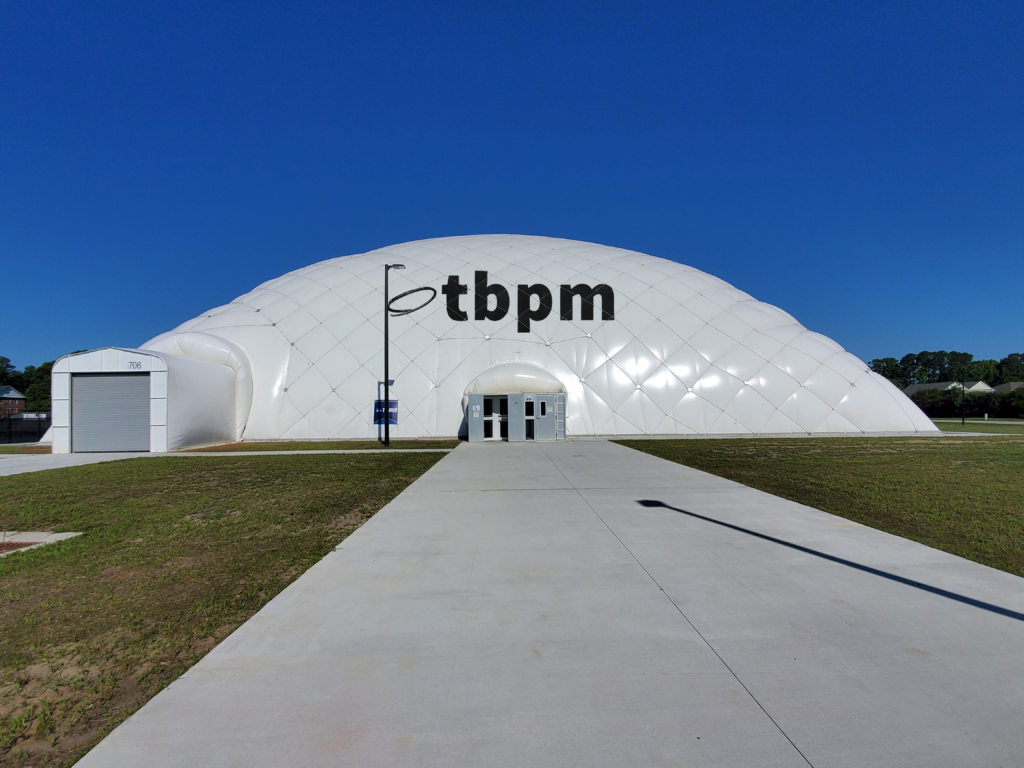In recent years, air supported domes have emerged as a game-changing solution in the sports industry, particularly when it comes to facility budgets. These innovative structures are reshaping the economic landscape of sports venues, offering a cost-effective alternative to traditional buildings while maintaining high-quality playing environments.
Cost-Effective Construction
One of the most significant advantages of air domes is their lower construction costs compared to conventional sports facilities. Here’s why:
- Reduced materials: Air domes require fewer building materials, significantly cutting down on expenses.
- Faster installation: With shorter construction times, labor costs are substantially reduced.
- Minimal foundation requirements: Unlike traditional buildings, air domes don’t need extensive foundations, further lowering costs.
These factors combine to make air domes an attractive option for organizations with limited budgets or those looking to maximize their investment.
Lower Operational Costs
The benefits of air domes extend beyond initial construction:
- Energy efficiency: Modern air domes feature advanced insulation and climate control systems, reducing energy consumption and costs.
- Reduced maintenance: With fewer structural components, air domes typically require less maintenance than traditional buildings.
- Multipurpose use: The ability to host various sports and events in one facility maximizes revenue potential while minimizing overhead.
Increased Revenue Opportunities
Air domes open up new revenue streams for sports organizations:
- Extended seasons: By providing year-round playability, facilities can generate income even during off-seasons.
- Diverse event hosting: The versatile space allows for hosting non-sporting events, further increasing revenue potential.
- Expanded programming: Consistent availability enables more classes, leagues, and training sessions.
Return on Investment
While the initial investment in an air dome can be significant, the return on investment (ROI) is often quicker than with traditional structures. Factors contributing to this include:
- Lower upfront costs
- Increased usage and revenue generation
- Energy savings
- Potential tax benefits (depending on location)
Scalability and Flexibility
Air domes offer unique economic advantages in terms of scalability:
- Expandability: Facilities can start small and expand as needed, spreading costs over time.
- Portability: If necessary, air domes can be relocated, protecting the initial investment.
- Seasonal use: Some organizations choose to install domes seasonally, optimizing operational costs.
Challenges and Considerations
While the economic benefits are significant, it’s important to consider potential challenges:
- Initial equipment costs: High-quality air handling and climate control systems represent a significant upfront investment.
- Energy costs in extreme climates: Maintaining consistent temperatures in very hot or cold regions can impact operational expenses.
- Insurance considerations: Proper coverage for this unique type of structure is essential.
Conclusion
Air supported domes are revolutionizing sports facility budgets by offering a cost-effective, flexible, and revenue-generating alternative to traditional structures. As more organizations recognize the economic advantages, we can expect to see an increase in the adoption of these innovative facilities across the sports industry.
For sports organizations looking to maximize their budgets while providing high-quality playing environments, air domes represent a compelling solution worth serious consideration. As technology continues to advance, the economic benefits of these structures are likely to become even more pronounced, further cementing their place as game-changers in the world of sports facilities.
AI-Assisted Content Disclaimer
This article was created with AI assistance and reviewed by a human for accuracy and clarity.











